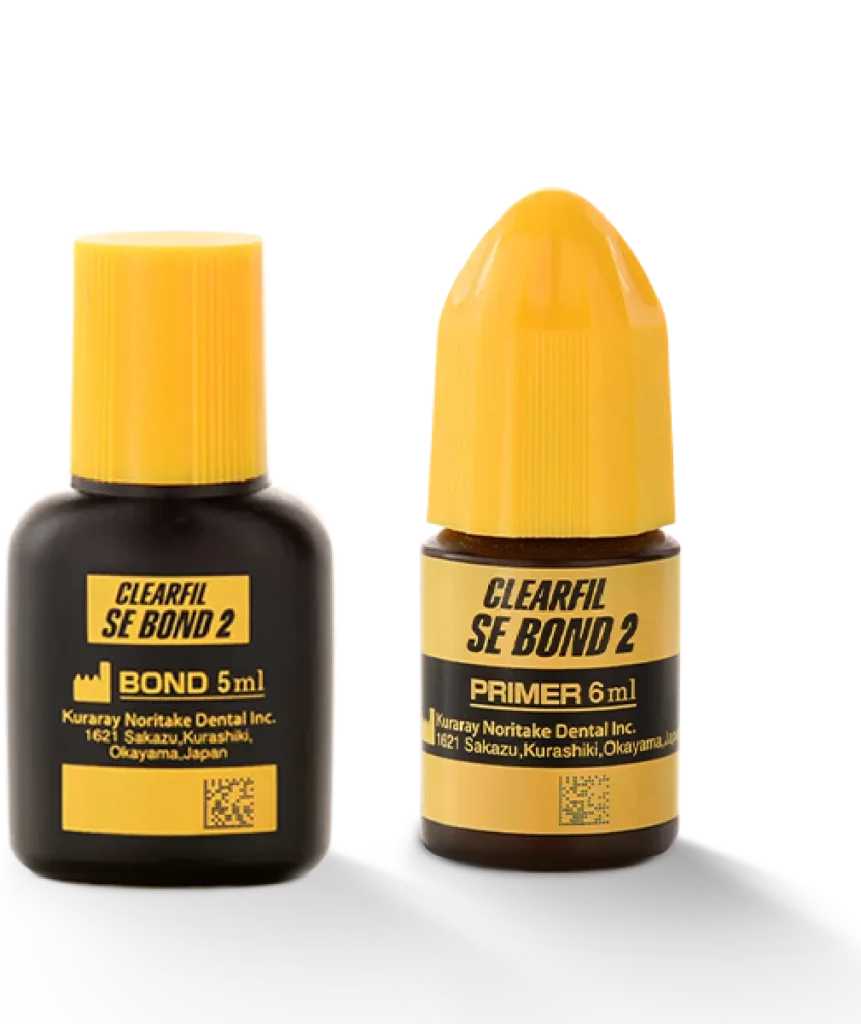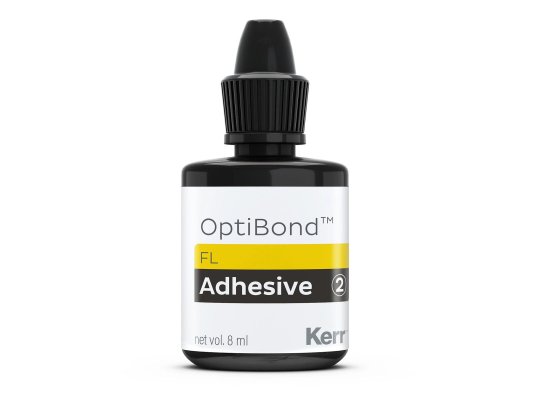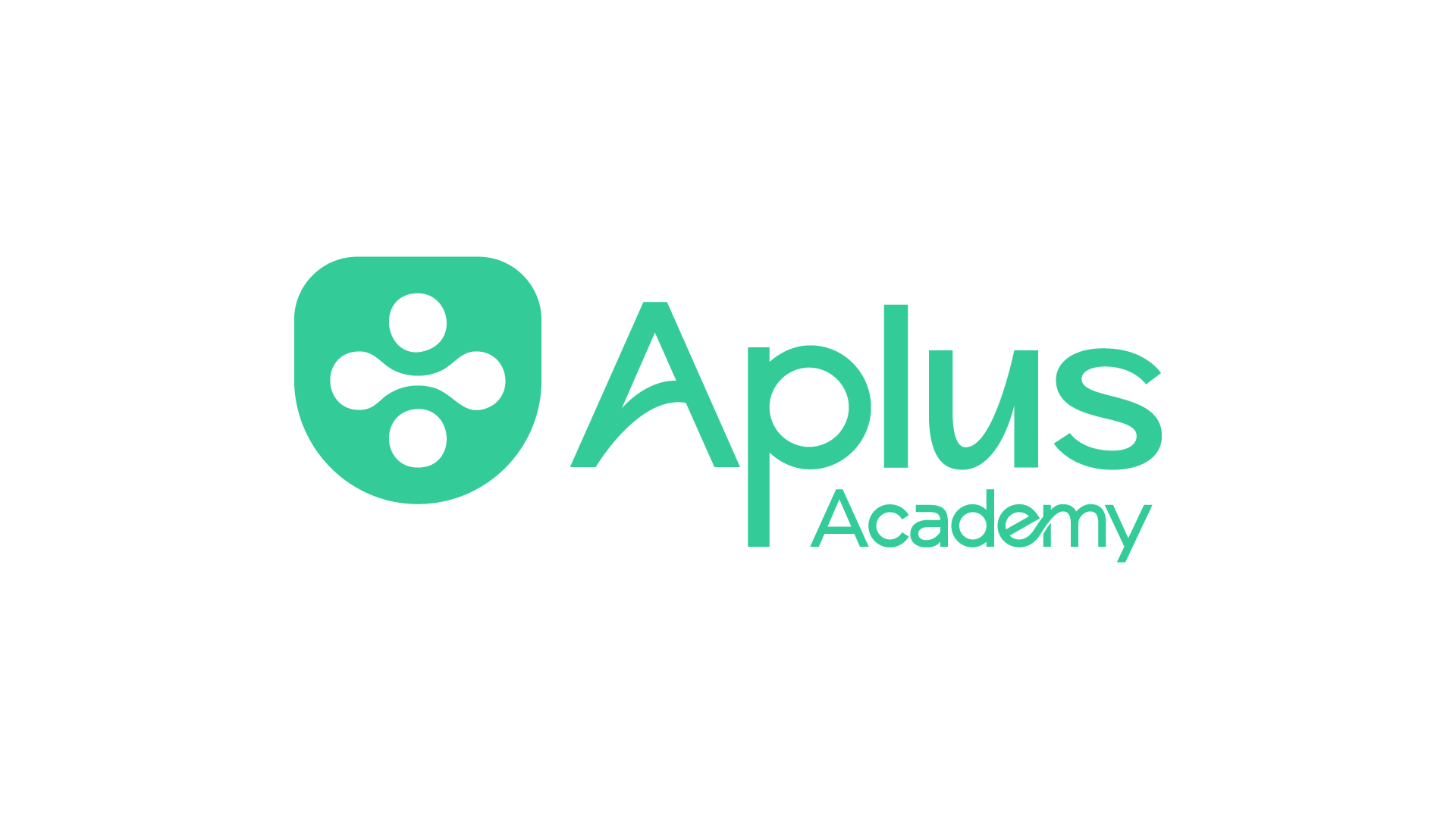Golden Standards! Bonding Agents


Adhesive Dentistry: Innovations and Gold Standard Bonding Agents
Adhesive dentistry has revolutionized modern dental practice, offering clinicians the ability to restore teeth with minimal intervention while achieving excellent esthetics and durability. By leveraging advanced bonding technologies, dentists can create strong and long-lasting adhesion between restorative materials and tooth structures, preserving natural enamel and dentin.
The Fundamentals of Adhesive Dentistry
Adhesive dentistry is based on the principle of micromechanical retention and chemical bonding. The primary goal is to establish a durable connection between dental restorations—such as composite resins, ceramics, and indirect restorations—and the tooth substrate. The success of this adhesion largely depends on the bonding agent used, as it facilitates the interaction between the restorative material and enamel or dentin.
Bonding Agents: The Key to Reliable Adhesion
Bonding agents serve as the interface between the tooth surface and the restorative material, ensuring durability and stability. Over the years, bonding systems have evolved, primarily classified into Total-Etch (Etch-and-Rinse) and Self-Etch techniques. Each method has its advantages and specific indications based on the clinical situation.
Total-Etch Technique
The total-etch technique, also known as the etch-and-rinse method, requires the application of phosphoric acid etchant (35-37%) to the enamel and dentin, followed by rinsing and application of the bonding agent. This technique provides high enamel bond strength but requires careful moisture control to prevent over-drying or over-wetting the dentin, which can compromise bonding.
Gold Standard Bonding Agent for Total-Etch:
- OptiBond FL (Kerr Dental): Recognized for its high bond strength, excellent penetration, and durability, OptiBond FL remains one of the most reliable choices in adhesive dentistry. It is a filled adhesive system that provides superior mechanical retention and reduced polymerization shrinkage. Long-term clinical studies have demonstrated its exceptional bond stability, with research published in the Journal of Adhesive Dentistry showing minimal degradation over a five-year period. The incorporation of 15% filler content enhances mechanical properties, preventing microleakage and ensuring restoration longevity. Additionally, studies indicate that OptiBond FL maintains high bond strength even under thermocycling conditions, reinforcing its reliability for both enamel and dentin bonding. you can find more details from the following link : https://www.kerrdental.com/kerr-restoratives/optibond-fl-filled-light-cure-total-etch-dental-adhesive
Self-Etch Technique
The self-etch technique eliminates the need for separate etching with phosphoric acid, as the bonding agent itself contains acidic monomers that simultaneously etch and prime the dentin and enamel. This technique reduces the risk of post-operative sensitivity and simplifies the bonding process, making it ideal for deep dentin bonding and reducing technique sensitivity.
Gold Standard Bonding Agent for Self-Etch:
- Clearfil SE Bond 2 (Kuraray Noritake): This two-step self-etch adhesive is widely regarded as the benchmark for self-etch bonding systems. It provides excellent dentin bonding strength, reduced technique sensitivity, and long-term durability. Long-term clinical studies, including research published in the Journal of Dentistry, have shown that Clearfil SE Bond 2 maintains stable bond strength over extended periods, with minimal degradation even after five years of clinical use. Its incorporation of MDP (10-Methacryloyloxydecyl dihydrogen phosphate) enhances chemical bonding to hydroxyapatite, improving adhesion to both enamel and dentin. Additionally, thermocycling and aging studies indicate superior resistance to hydrolytic degradation, ensuring consistent long-term performance in various clinical applications. for more details you check the manufacturer website : https://kuraraydental.com/product/clearfil-se-bond/
Evidence-Based Insights into Bonding Agents
Several studies have investigated the long-term effectiveness of bonding agents. Research suggests that total-etch adhesives generally exhibit higher bond strength to enamel, while self-etch adhesives are preferred for deep dentin bonding due to their ability to maintain dentin moisture balance and reduce post-operative sensitivity. According to a systematic review published in the Journal of Adhesive Dentistry, total-etch systems like OptiBond FL consistently demonstrate superior mechanical retention and durability. Meanwhile, self-etch adhesives such as Clearfil SE Bond 2 have shown lower degradation rates over time, making them an excellent choice for dentin bonding.
Choosing the Right Bonding System
Selecting the appropriate bonding agent depends on factors such as clinical indication, operator preference, and patient considerations. While the total-etch technique remains the gold standard for maximum enamel adhesion, self-etch systems offer significant advantages in cases requiring deep dentin bonding with minimal post-operative sensitivity. Studies suggest that when used correctly, both methods can yield long-term success rates exceeding 90%.
Clinical Applications of Bonding Agents
- Class I and II Restorations – Total-etch bonding agents provide strong enamel adhesion, ensuring durable restorations.
- Class V Restorations – Self-etch systems are preferred for their ability to prevent post-operative sensitivity and maintain moisture balance.
- Indirect Restorations (Ceramics & Composites) – Universal adhesives offer excellent adhesion without the need for multiple application steps.
- Non-Carious Cervical Lesions – Self-etch adhesives reduce sensitivity and enhance bond longevity in exposed dentin regions.
